Chemistry, physics, biology - these are the subjects that most students study through rote learning; only few of them actually develop a meaningful understanding of the general concepts and processes. Still, the problem here is not that some do have the aptitude for learning natural sciences and some don’t; it is more about the educational approaches used at most schools and universities. Mikhail Kurushkin, a new lecturer at ITMO’s Research and Educational Center of Chemical Engineering and Biotechnology, believes that we can and must change them. Mr. Kurushkin has developed interactive educational methods that are based on games, schematic representation of information, active communication, and VR technologies. In an interview for ITMO.NEWS, he shared about his idea of a perfect educational process, and of how a proper approach to education can help master any field of science.
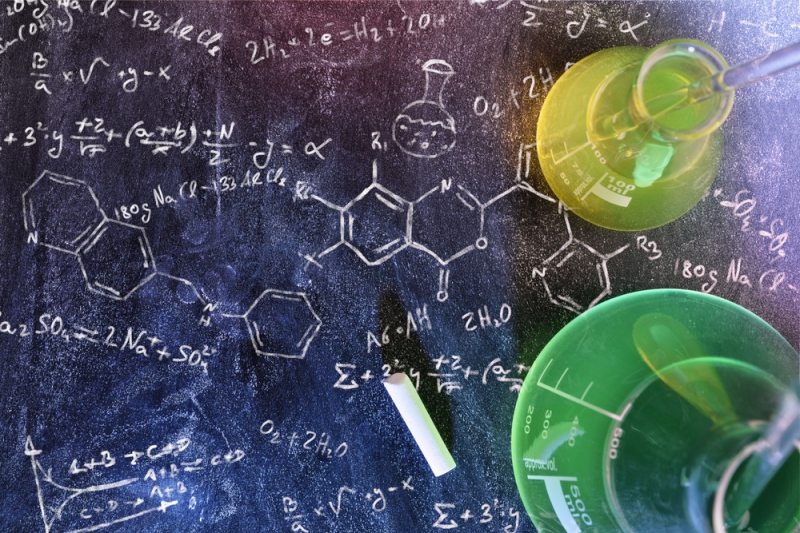
Chemical education in schools is ineffective
I graduated from a school with enhanced education in English, which I started to learn back when I was five. During my school years, nothing bespoke of my future career in science, let alone in such a field as chemistry. In fact, I was even bad at it. Looking back, I understand that chemical education in schools is based on rote learning, and mostly irrelevant. I had to learn lots of things by heart, there was no system in the way they gave us knowledge, so it was almost impossible to understand it logically. When we were doing chemical equations, I couldn’t even understand how they worked and why I had to do them this way and not another way.

In the end, I had to study with the help of a tutor. And I got really lucky: my tutor had a whole different approach to teaching chemistry. He started with the very basics, the electronic structure of the atom, and then gradually added new interrelated knowledge to it. Thanks to him, not only did I catch up to my schoolmates, but also got the highest score for the final test in chemistry. The name of this person is Sergei Leonidovich Korolev, and we still stay in touch.
Universities must seek to recruit best school graduates
At the time when I graduated from school, universities didn’t seek to recruit the best high school students. By the way, this really surprised my parents; just think about it logically: if the government invests in school education, why not select the best graduates and give them the opportunity to continue their education at universities, where they can excel and then work in the fields the state sees as the most relevant?
I joined the Faculty of Material Science of the St.Petersburg Polytechnic University on my third try, as I needed excellent results in math. Once again, I turned to the help of a tutor, Albert Zinovievich Anisin, with whom I still stay in touch, as well. As I succeeded in getting top scores for my Math test, I could choose my program track, so I chose nanomaterials (actually, I just liked how it sounded). At that time, this topic was not as popular as it is now. Quite ironically, it was this program track that had the most chemistry lessons; so, I already came up with an idea of my very own educational program in chemistry back at my third year at university.
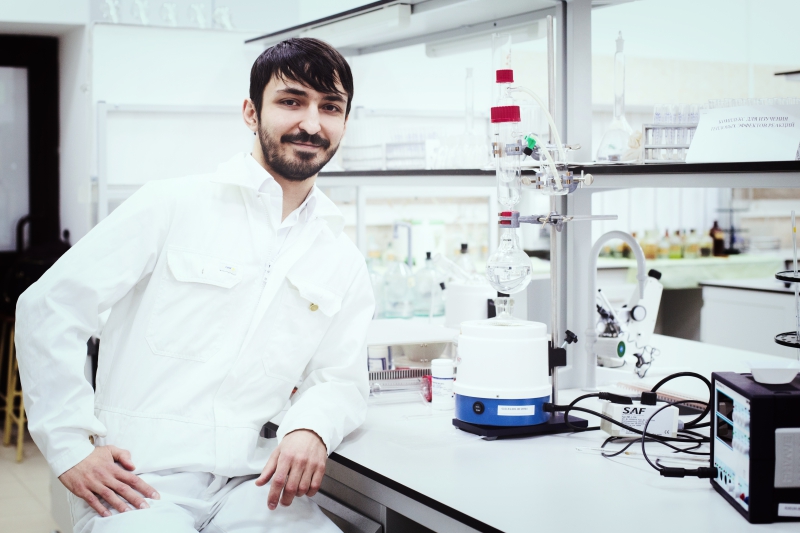
Mikhail Kurushkin
Not all universities are open to new interactive educational approaches
I started giving lectures on a regular basis back when I was a second year PhD student at St. Petersburg Polytechnic University, and this was also the time when we started to have lessons in pedagogy. Thanks to my teacher Elena Borisovna Gulk, I got to understand pedagogic nomenclature, and started studying pedagogics as a science in order to improve the quality of education. With time, I started to introduce interactive educational methods to my lectures; I placed more focus on visualization of the material, and came up with different games.
Unfortunately, none of my colleagues supported me in my attempts to make improvements to the educational process - not many universities are ready for innovations in the field of education.
Actually, this problem is not just about the people; it is our very educational system that is quitte archaic. For instance, when I decided that I want to share new educational approaches, including those that I had developed, with the pedagogical community in our country, I learned that there is no scientific journal in Russia that would address such issues. Still, there is such a journal on the international arena - it is the Journal of Chemical Education of the American Chemical Society. I set myself a goal to publish an article there, and accomplished it in March 2015.
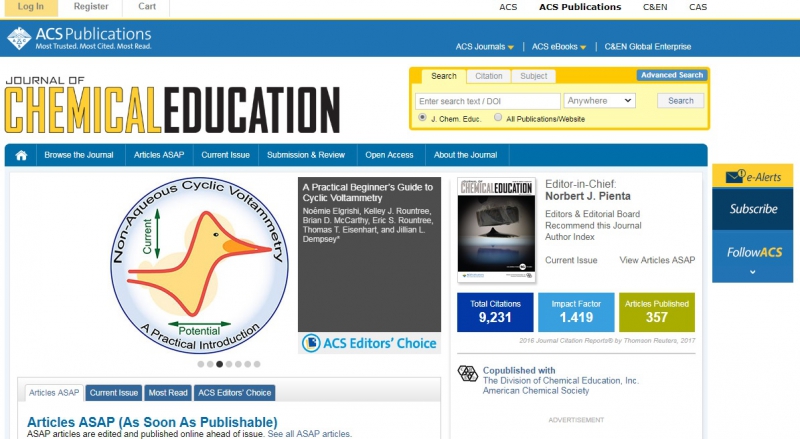
Credit: pubs.acs.org
Not much time later, I got a certificate of additional training as a teacher of engineering, which allowed me to teach chemistry as a professional. This, along with having a diploma in engineering and a year-worth experience of educational work, allowed me to apply for being accredited as an International Engineering Educator. This way, by the time I graduated from my PhD program, I already had three different sets of competencies which I could and wanted to apply in practice.
Battleship, Alias and mnemonics for studying Chemistry
My first article for the Journal of Chemical Education was dedicated to a mnemonic device that can be used for remembering reactions of metals with nitric acid. The device utilizes a left hand and schematically indicates the product of reduction of nitric acid as a function of two factors: the activity of metal and the concentration of acid. I had a very practical reason for creating this technique: I’ve been teaching chemistry to students from different program tracks who had lessons in chemistry for only a single semester. They had very little time to learn this subject, so I had to invent different mnemonic devices - and they really helped to improve the quality of the students’ knowledge.
Thus, I started to introduce new interactive educational methods on a regular basis. Also in 2015, I published an article about a diagram that helps explain Madelung’s and Hund’s Rules, and a year later I did another article on the Orbital Battleship game that was designed to reinforce the students’ knowledge of the atomic structure. In this version of the Battleship game, energy subshells of chosen atoms act as battleships, and the players “shoot” at electrons by using quantum numbers as coordinates. After some ten games, most students tend to remember the necessary information. By the way, I successfully used this approach at the Sirius educational center in Sochi, as well.
For testing the students’ knowledge of chemical nomenclature, my colleague and I developed the Chemical alias game: one of the students names different chemical compounds, and the other answers with their chemical formulas. Not only does this game help remember chemical nomenclature, but also helps reinforce this knowledge in a fun and competitive manner.
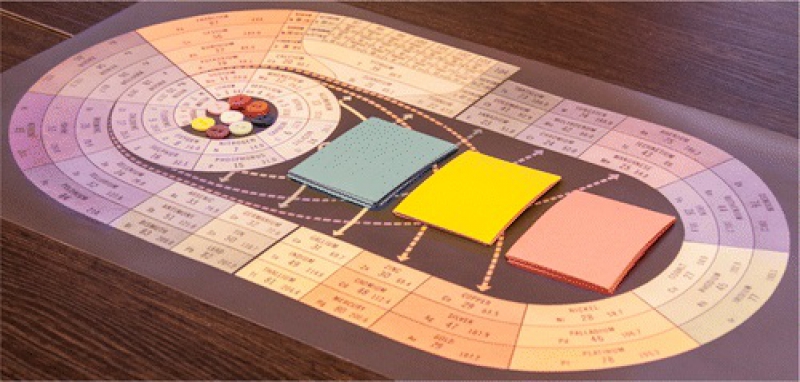
Chemical alias. Credit: pubs.acs.org
I’ve also published an article as an ITMO member, where my brother and I described a diagram that allows to not learn the properties of oxides of different elements by heart, but calculate them using a particular mathematical formula. This means that it can be used for both known oxides, and those that you encounter for the first time, as well.
Experiment on using VR for studying chemistry
We’ve also tried using VR technologies during our lectures here at the Research and Educational Center of Chemical Engineering and Biotechnology; in VR environment, the students were to construct isotopes from protons and neurons.
For this project, we used equipment and software provided by the MEL Science company. Vassili Philippov, its founder and CEO, presented our cluster with a licence for using 28 of its lectures and laboratory experiments. This material corresponds to the highest standards of quality; for this reason, we are now actively testing a new approach that we are going to describe in a dedicated article. And in September, we’ll be introducing it into the educational process on a regular basis.
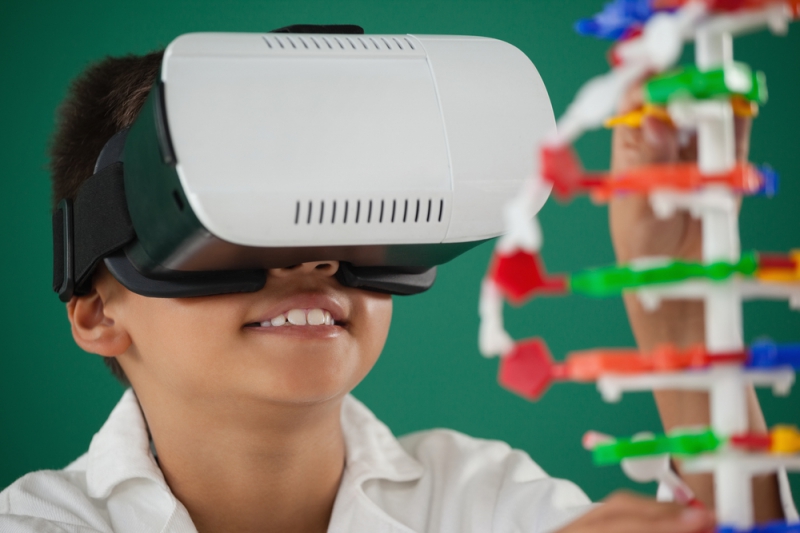
On other important educational concepts and working at SCAMT
On the whole, I aim to conduct my lectures as a continuous dialogue between myself and the students. I prepare the presentations for each lesson in advance, but we can always stray from the initial plan to discuss any emerging questions of either philosophical or scientific nature. Sometimes, I use the Internet to find relevant videos and pictures straight away. The format of a dialogue allows me to perform better as an educator, as I get to understand what I should expand on, what the students are more interested in and what parts of the materials they find difficult to understand. We are also actively using mind maps that help the students form logical connections between terms and concepts. After the lessons, I mail out additional materials.
I also believe that every educator has to regularly update their knowledge of particular scientific fields in order to provide the students with fresh data, as well as implant relevant attitude towards the scientific field they focus on. You can’t introduce innovative educational or research approaches whilst using outdated instruments, can you? Also, you shouldn’t teach chemistry to students from different scientific fields in a similar manner. The information physicists need differs from information that biologists find useful, - and this is yet another reason why one has to constantly update their knowledge of the different branches of chemistry.
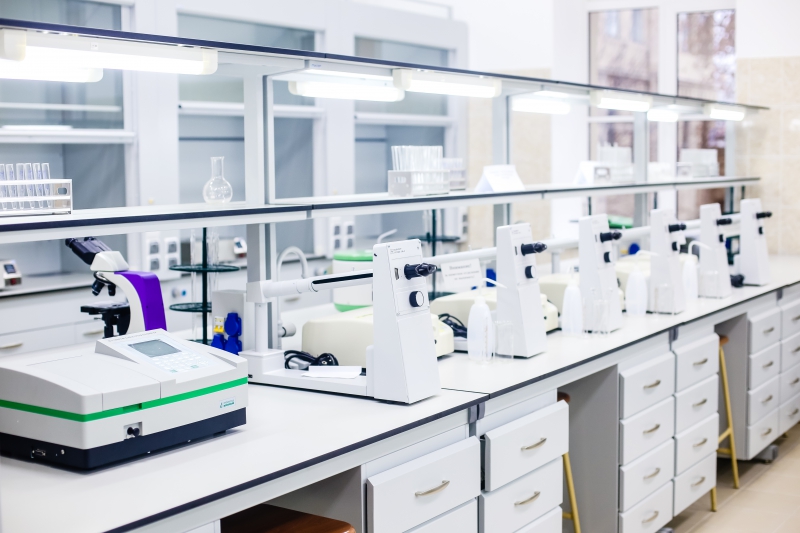
Research and Educational Center of Chemical Engineering and Biotechnology
I see the Biochemistry Cluster as a perfect basis for really introducing innovative approaches in education. My superiors are very open to new ideas, and encourage me to apply new educational approaches. I believe that this is amongst the things that really make SCAMT an international-level laboratory.
(author Natalia Blinnikova)